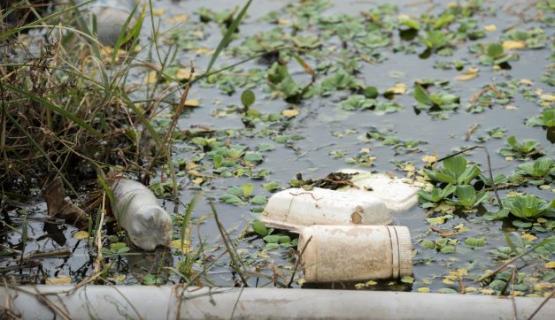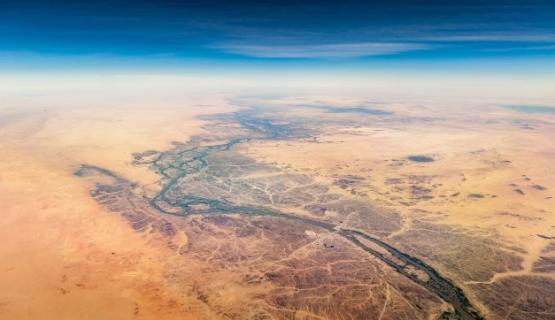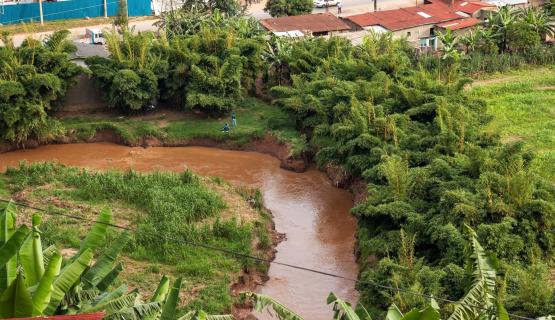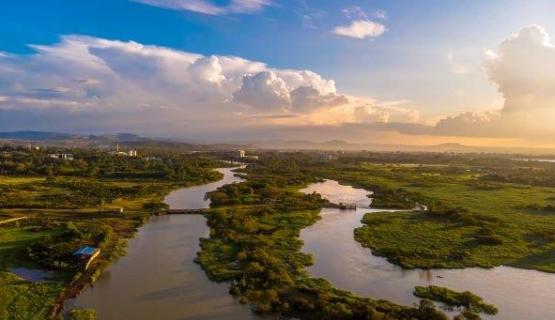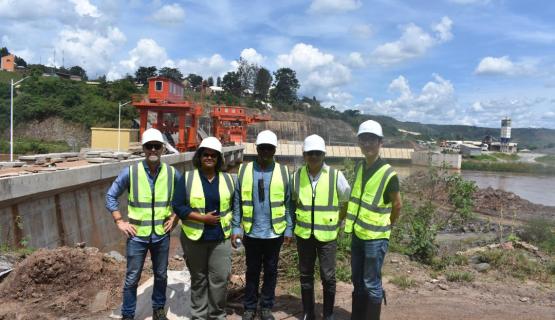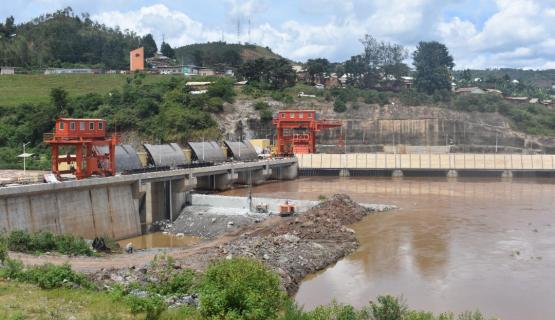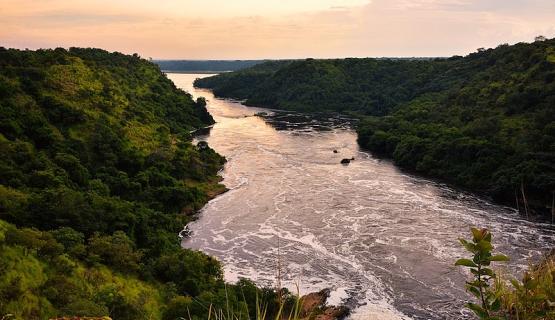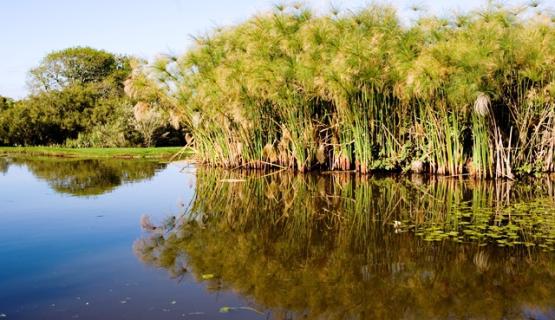Environment sustainability
GOAL 4: ENVIRONMENTAL SUSTAINABILITY
We manage our environment together, for today and tomorrow.
What does that mean? Rivers, lakes and wetlands of the Nile Basin, which provide services on which millions of lives depend, are being destroyed at an alarming rate. Together, we ensure that these ecosystems are protected and receive the water they need.

